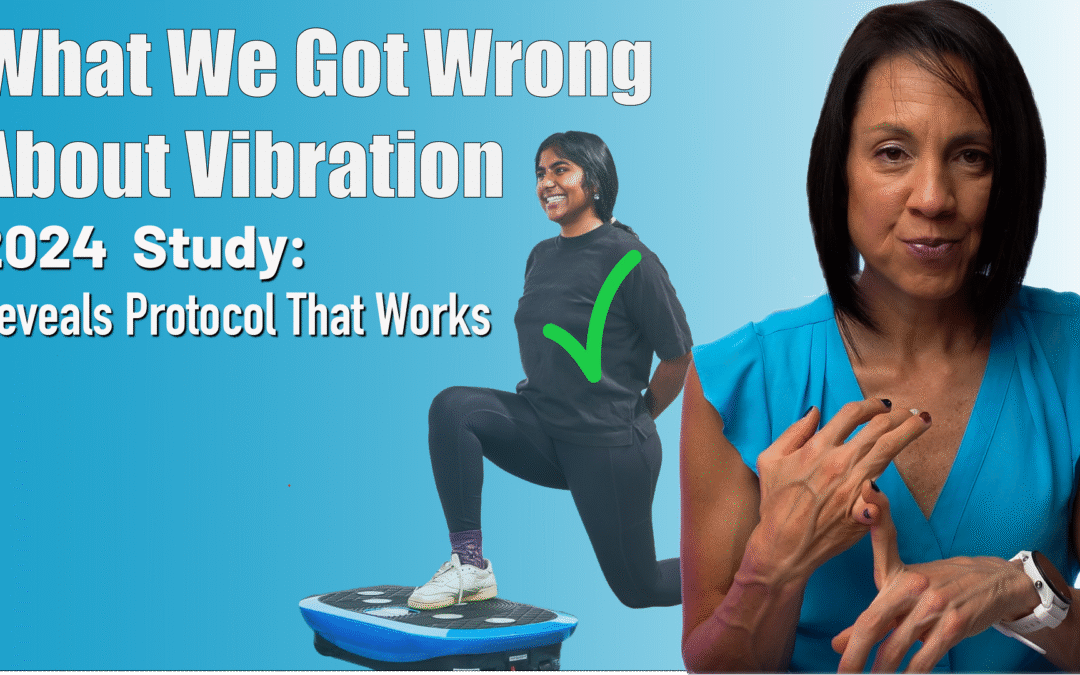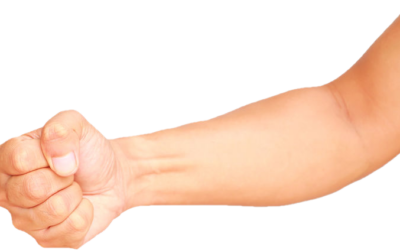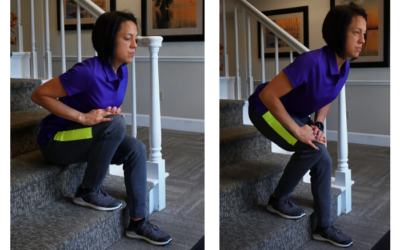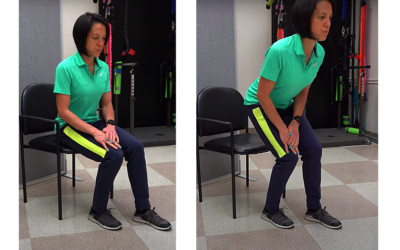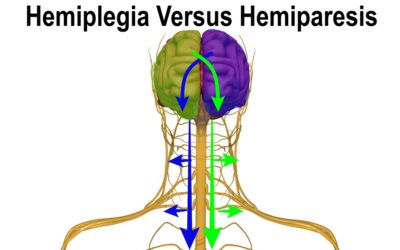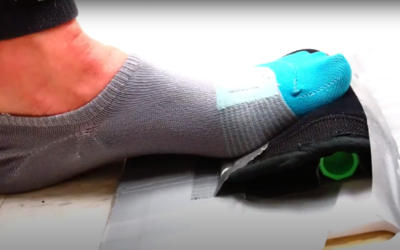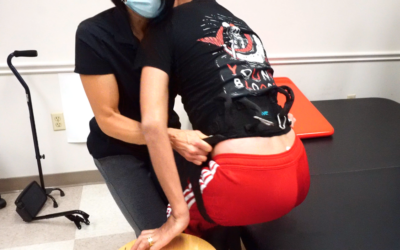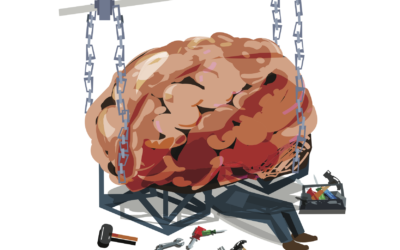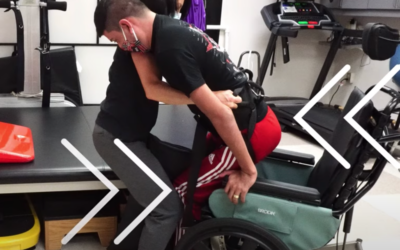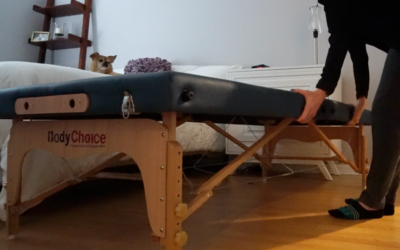It Just Vibrates… So Why Are Stroke Survivors Getting Better?
The Truth Behind the Research
When vibration plates first became popular, they reminded many of us of those old 1980s machines that promised to “shake” the fat away. Naturally, the skepticism was real.
But lately, vibration plates are being taken more seriously in the world of neurologic rehab, especially for people recovering from stroke. So… do they actually work?
Let’s break down the research, the science, and most importantly, how this applies to your recovery.
What Are Muscle Spindles & Why Do They Matter?
Before we dive into how vibration plates might help, we need to understand muscle spindles. These are specialized sensory receptors located inside your muscles.
These spindles detect:
- Muscle lengthening
- Speed of stretch
When a muscle stretches too fast (say, you’re falling), the muscle spindle sends an immediate signal to contract that muscle to protect you. At the same time, it also inhibits the opposing (antagonist) muscle, helping your body respond quickly and smoothly.
But that’s not all. Muscle spindles also send a signal up to your brain, telling it where your limb is in space. And the brain, in turn, can override reflexive responses by sending inhibitory signals back down to reduce involuntary movements.
What Happens After a Stroke?
After a stroke, The brain’s control over reflexes weakens. Muscle spindles still trigger automatic contractions, but the brain’s “braking system” is impaired. This can result in spasticity, abnormal tone, and difficulty moving smoothly.
Without that “braking system” from the brain, the muscle spindle reflex kicks in unchecked. That’s why a small movement, like tapping your foot on the ground, might cause an exaggerated response.
How Do Vibration Plates Help?
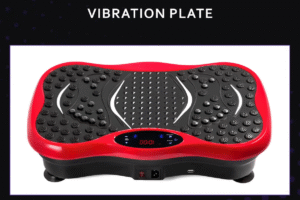
Vibration plates work by stimulating the same nerve fibers involved in the muscle spindle reflex, particularly the 1A sensory nerves. Potential Benefits include:
- Inhibit spasticity: Continuous vibration may “wear out” the nerve (nerve “fatigue”), reducing its reflexive contractions.
- Enhance limb awareness: Vibration sends signals to the brain, potentially improving body awareness and coordination.
- Promote movement: Stimulating sensory nerves might lead to increased muscle activation and better motor output.
💡 Bonus Tip: This also explains why massage guns may reduce spasticity when applied to the opposite (antagonist) muscle group.
What the Research Shows
2019 Meta-Analysis
A large meta-analysis reviewed multiple studies involving vibration plates and stroke rehab. Here’s what they found:
✅ Reduced spasticity
❌ No significant improvements in balance, gait, or postural control
The catch? Most studies involved passive use of vibration plates. Participants were just standing or sitting without doing specific exercises.
2024 Study: Game-Changer
This newer study compared two groups:
- Both did the same conventional rehab program, such as NDT (neurodevelopmental techniques), balance work, strength training, and stepping drills.
- The only difference: one group did the exercises on a vibration plate.
✅ Both groups improved
💥 But the vibration plate group improved more, especially in balance, strength, and gait.
Why the difference? Movement-based exercises done with vibration likely enhanced sensory input and motor output, essentially “supercharging” the brain-body connection.
How You Can Apply This to Your Rehab
1. Don’t Just Stand on It
Use the plate during active movement. Try squats, weight shifts, stepping, or static standing with eyes closed. Passive standing won’t cut it if your goal is to improve function.
2. Target Spasticity
For lower leg spasticity (like pointing toes or foot drop), standing on the plate is more effective than sitting.
You can also try a massage gun on opposing muscle groups (e.g., stimulating the triceps to relax the biceps). The mechanism here is similar and may offer additional benefits.
3. Build a Plan Around It
The “conventional therapy” used in the 2024 study included:
- NDT-based posture control
- Leg strengthening (squats, lunges, quad sets)
- Static & dynamic balance tasks
- Visual deprivation exercises
- Stepping drills
Even without a vibration plate, this program showed meaningful improvements. If you’re not doing these now, consider adding them to your plan or show this to your therapist.
Final Takeaways
✅ Vibration plates can reduce spasticity
✅ When paired with movement-based therapy, they may boost gains in balance, gait, and strength
❌ Passive standing or sitting alone won’t give you the full benefit
If you’re looking for an affordable way to enhance your rehab, a vibration plate combined with the right exercises might be your missing piece.
👉 I’ve linked the vibration plate I personally use here. It meets the 20–30 Hz frequency used in the research.
Tools to Supercharge Your Recovery
Want a comprehensive rehab plan without bouncing between therapists or feeling lost?
Our Gold Membership Program includes:
- Ad free videos and handouts
-
Full access to 350+ home rehab exercise videos
-
Monthly Q&A sessions and webinars
-
A private discussion board I check daily
👉 Learn more at Rehab HQ
📞 Or schedule a discovery call to find out if it’s right for you.
Articles you may be interested in
Blessings in disguise
Life isn’t always easy. I am probably not telling you anything you don’t already know. No one is exempt from challenges in life. Some go through more challenges than others. I have learned to be content with NOT (always) figuring out why. But I know that is not...
What Causes a Clenched Hand After a Stroke
A stroke can cause a wide range of problems in the arm. One of the major causes of disability after a stroke is a clenched hand. The most common cause for a clenched fist is spasticity. If left “unmanaged”, spasticity creates muscle shortening which will result in...
Regain Normal Walking After a Stroke: Advanced
A common goal after a stroke or a brain injury is to regain "normal walking". However, this goal is not limited to just those who have suffered a stroke. I dare say it is the number one goal of almost everyone who has suffered an injury to their neurologic system. ...
Stand and Walk After a Stroke: Intermediate Progression
Many want to stand and walk after a stroke. Of course, this is critical in giving someone more independence. However, standing and walking is also important to prevent deconditioning, maintain joint health, and prevent postural abnormalities associated with prolonged...
Hemiplegia Versus Hemiparesis
Hemiplegia versus Hemiparesis After a Stroke Hemiplegia and hemiparesis are two terms that get thrown around a ton when talking about stroke. They are often times used interchangeably however, they have two different meanings. With that being said, I wanted to clear...
How to fix curled toes
Curled toes is a common complaint after a stroke. This usually does not appear until several months after a stroke has occurred. People who are experiencing toe curling usually have pain when standing on the involved leg. In many cases, this is associated with...
Product Spotlight: Best Gait Belt to Improve Standing
A gait belt can be a critical tool to help a loved one relearn the correct way to stand. With the right gait belt, you can also help someone walk in the early stages of neurologic rehab. And that is why gait belts made its way to our latest "product spotlight"....
Rewire your brain after a stroke
A stroke causes damage to the brain. This results in the inability to use the arm and leg on the opposite side of the body. Neuroplasticity is the brain's ability to rewire after an area of the brain has been damaged. This brain rewiring is the foundation for how...
Caregiver Training: Helping someone stand
Standing is one of the most critical skills to relearn after any type of neurologic injury. Standing helps with digestion, bone health, and joint health. It can also reduce spasticity, and facilitate motor recovery. The caregiver role is almost more important than...
Stroke Home Exercise Equipment Guide
The home exercises are probably the most important part of a rehabilitation program. That being said, you "traditional exercise equipment" might not be the most appropriate for the exercises that will help to restore normal movement patterns. I have set up many of...

